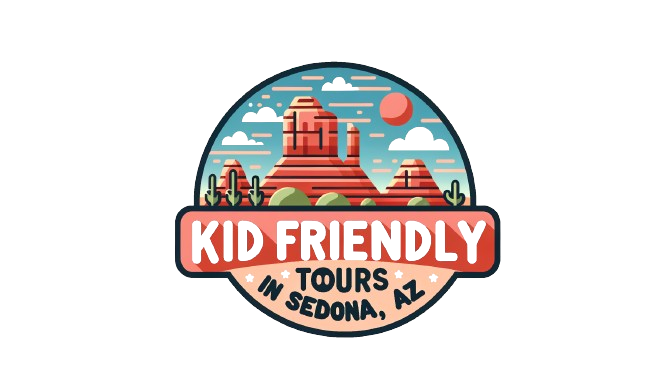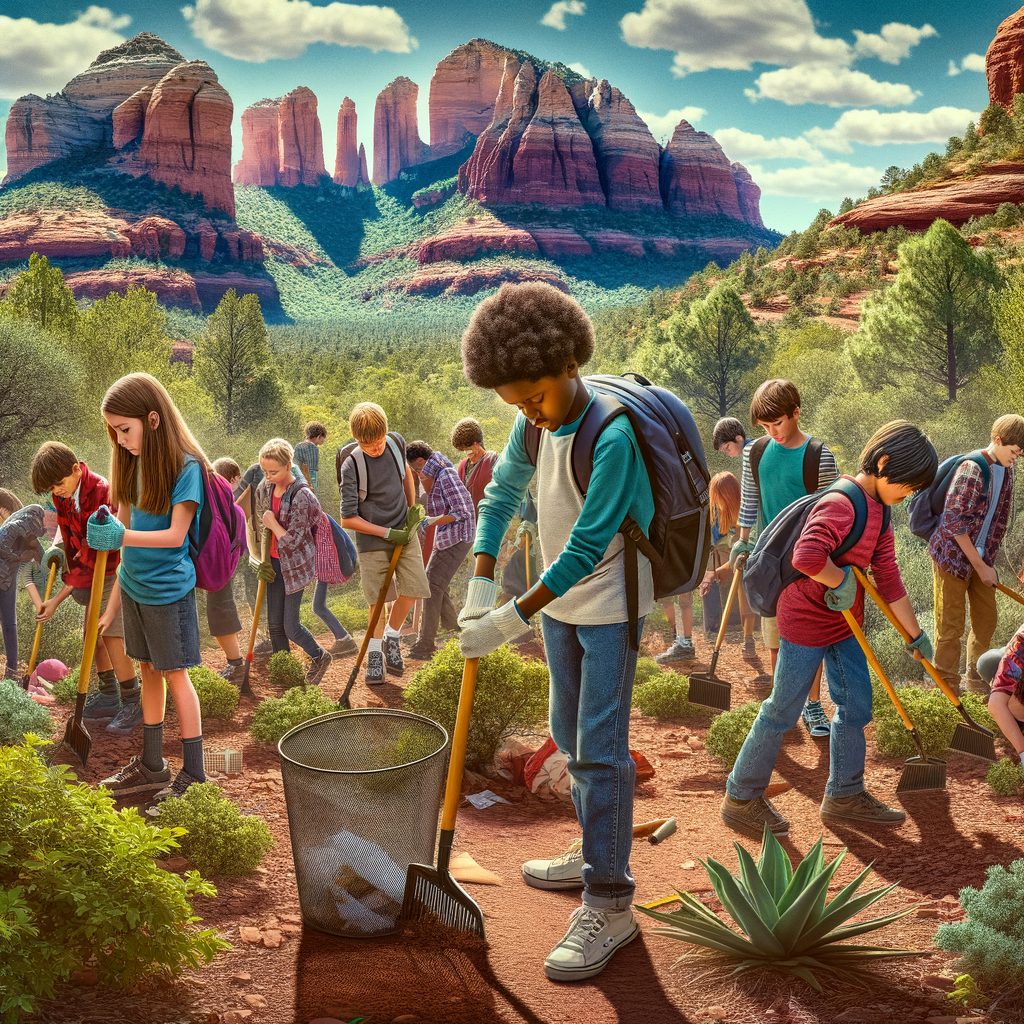Exploring Nature Through Outdoor Science Lessons
Outdoor Science Lessons – Learn about local geology, flora, and fauna on nature walks
Introduction
Outdoor science lessons provide a unique opportunity for students to explore and learn about the natural world around them. These lessons often take place in outdoor settings such as parks, forests, or nature reserves, allowing students to engage with the local geology, flora, and fauna firsthand. By experiencing science in a real-world context, students can develop a deeper appreciation for the environment and the importance of conservation.
Benefits of Outdoor Science Lessons
Outdoor science lessons offer numerous benefits for students. Firstly, they provide a hands-on learning experience that reinforces scientific concepts taught in the classroom. By observing geological formations, plant life, and wildlife up close, students can better understand how these elements interact within ecosystems. Additionally, outdoor lessons promote physical activity and environmental awareness, encouraging students to engage with nature in a meaningful way.
Exploring Local Geology
One of the key components of outdoor science lessons is learning about local geology. Students can examine different rock formations, study soil composition, and understand how geological processes have shaped the landscape over time. By investigating geological features such as mountains, canyons, or riverbeds, students can gain insights into the earth’s history and the forces that continue to shape it.
Identifying Flora and Fauna
Another important aspect of outdoor science lessons is exploring the local flora and fauna. Students can learn to identify native plant species, observe animals in their natural habitats, and understand the interconnectedness of different organisms within an ecosystem. By studying the biodiversity of a particular area, students can appreciate the complexity and beauty of the natural world.
Observing Wildlife Behavior
During nature walks, students have the opportunity to observe wildlife behavior and learn about animal adaptations. By watching birds, insects, or mammals in their natural environments, students can see how these organisms interact with their surroundings and with each other. This firsthand experience allows students to develop a greater understanding and empathy for the creatures that share our planet.
Engaging in Citizen Science
Outdoor science lessons can also involve participating in citizen science projects, where students collect data on local wildlife or environmental conditions. This hands-on approach to scientific research empowers students to contribute to real-world conservation efforts and to make a positive impact on their communities. By engaging in citizen science, students can develop critical thinking skills and a sense of environmental stewardship.
Conclusion
Outdoor science lessons provide a valuable opportunity for students to connect with nature, learn about local geology, flora, and fauna, and engage in hands-on scientific exploration. By taking learning outside the classroom, students can develop a deeper appreciation for the natural world and gain a greater understanding of the importance of conservation. These lessons help foster a sense of curiosity, wonder, and responsibility towards the environment, inspiring students to become lifelong stewards of the earth.
FAQs
Q: Are outdoor science lessons suitable for all ages?
A: Yes, outdoor science lessons can be adapted to different age groups and educational levels, making them inclusive and engaging for students of all ages.
Q: What safety measures are in place during outdoor science lessons?
A: Safety is a top priority during outdoor science lessons, with trained instructors ensuring that students follow proper guidelines and protocols while exploring nature.
Q: How can outdoor science lessons benefit students academically?
A: Outdoor science lessons can improve academic performance by reinforcing classroom learning, fostering critical thinking skills, and promoting a deeper understanding of scientific concepts.
Q: What equipment is needed for outdoor science lessons?
A: Depending on the lesson plan, students may need basic supplies such as field guides, binoculars, magnifying glasses, or soil sampling kits to enhance their outdoor learning experience.
Q: How can teachers incorporate outdoor science lessons into their curriculum?
A: Teachers can integrate outdoor science lessons into their curriculum by developing lesson plans that align with academic standards, creating hands-on activities, and utilizing local natural areas as outdoor classrooms.
If you are interested in looking into an organized tour for you and your kids, consider visiting our preferred vendor: Sedona Red Rock Adventures.
news via inbox
To be update with all the latest news.




